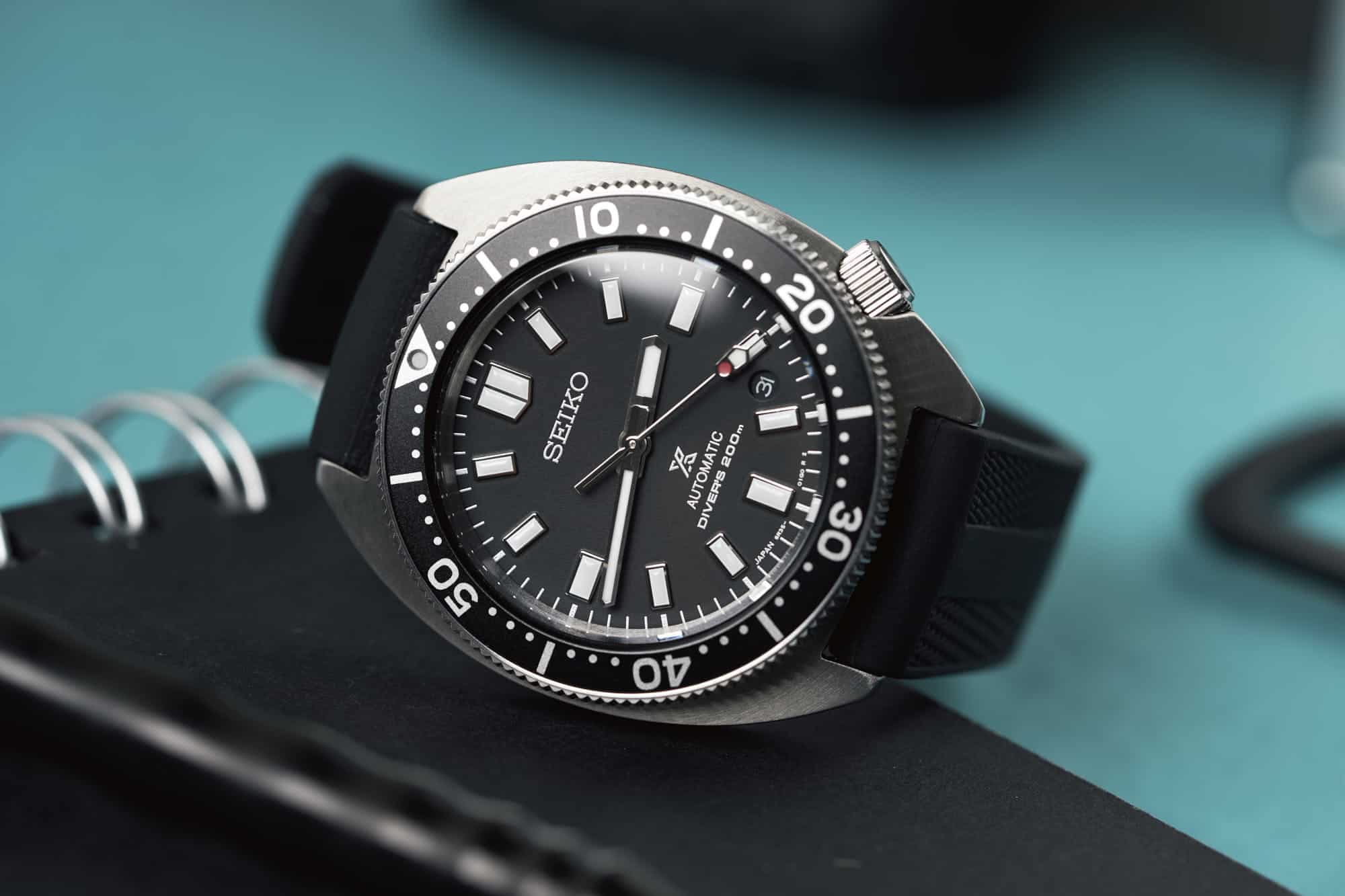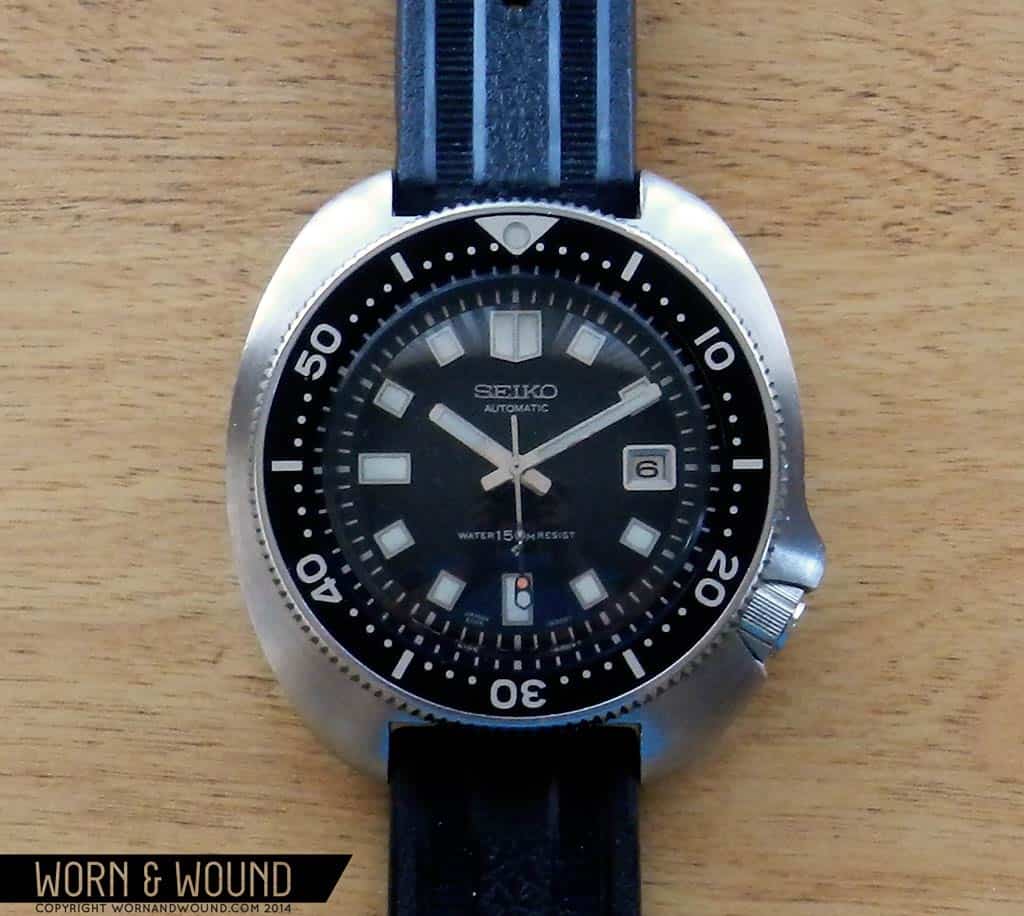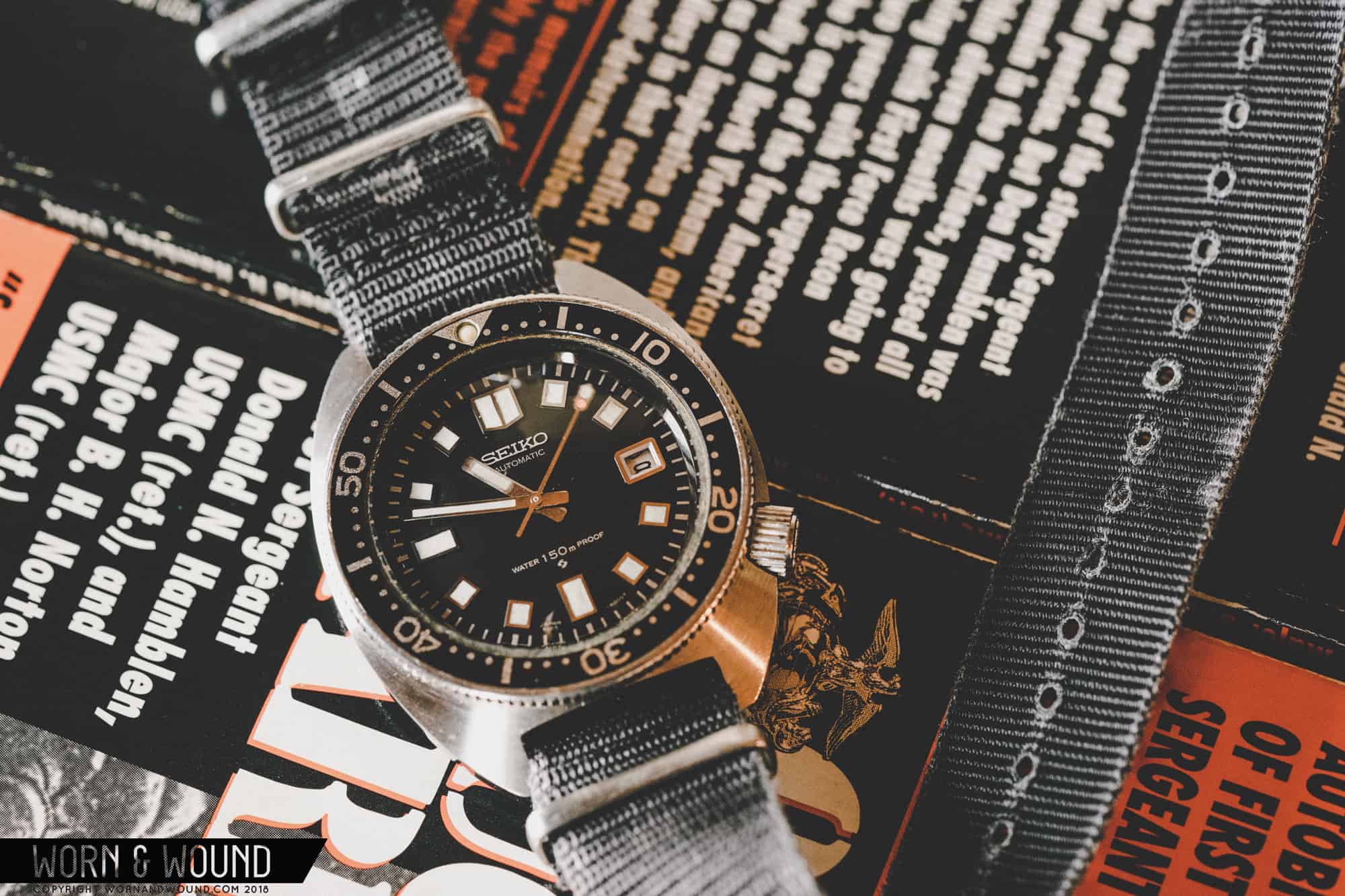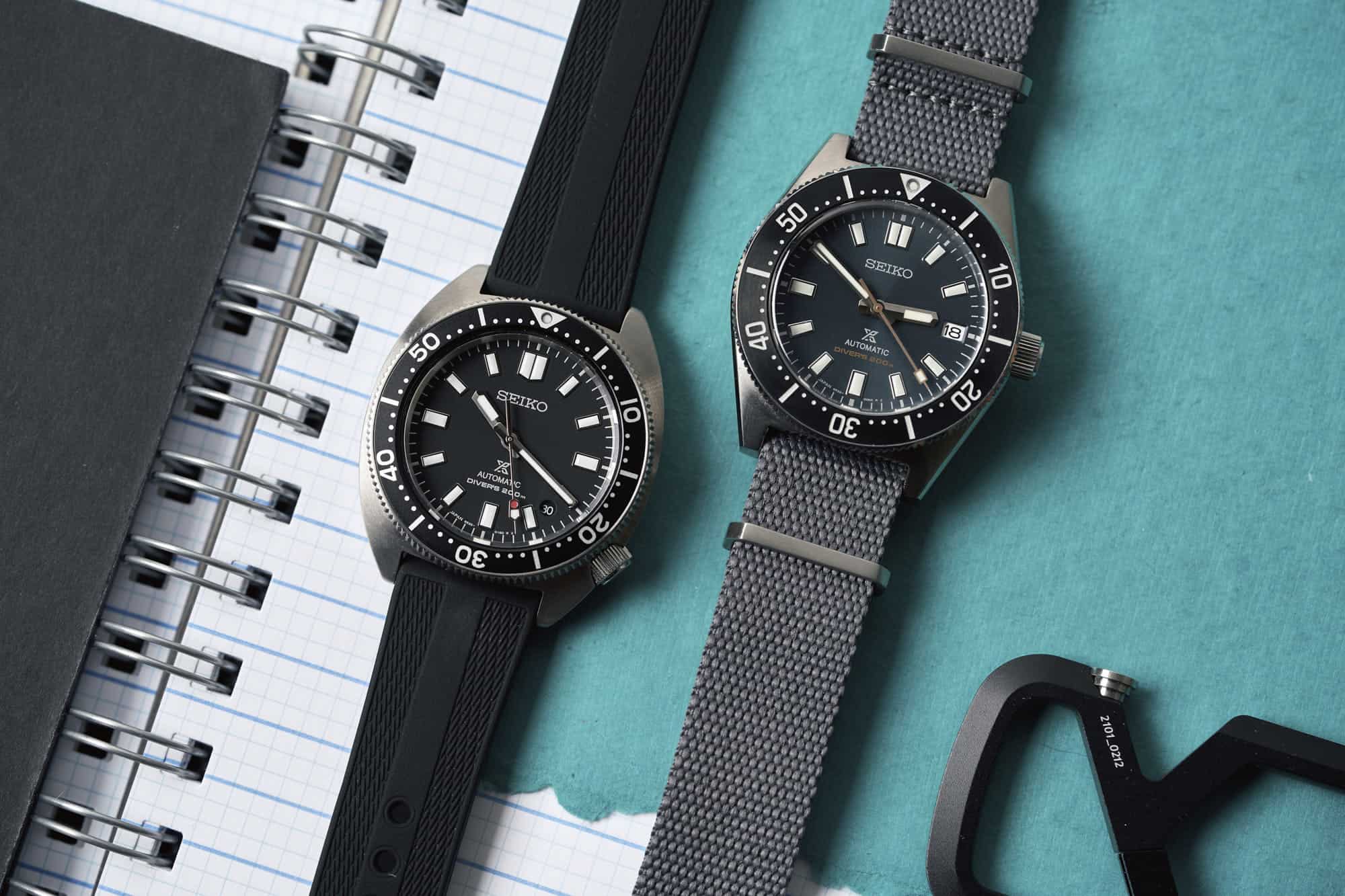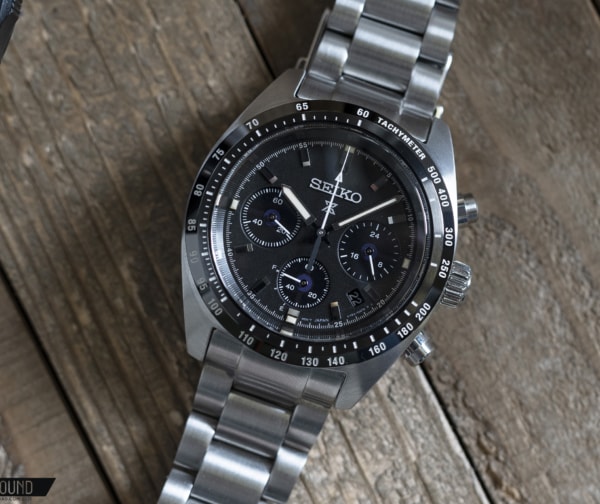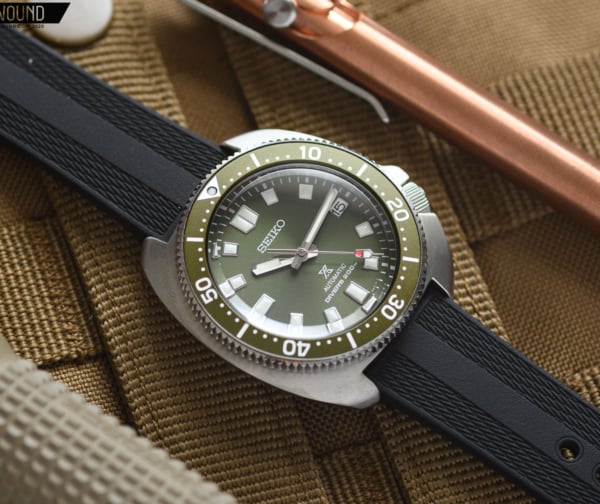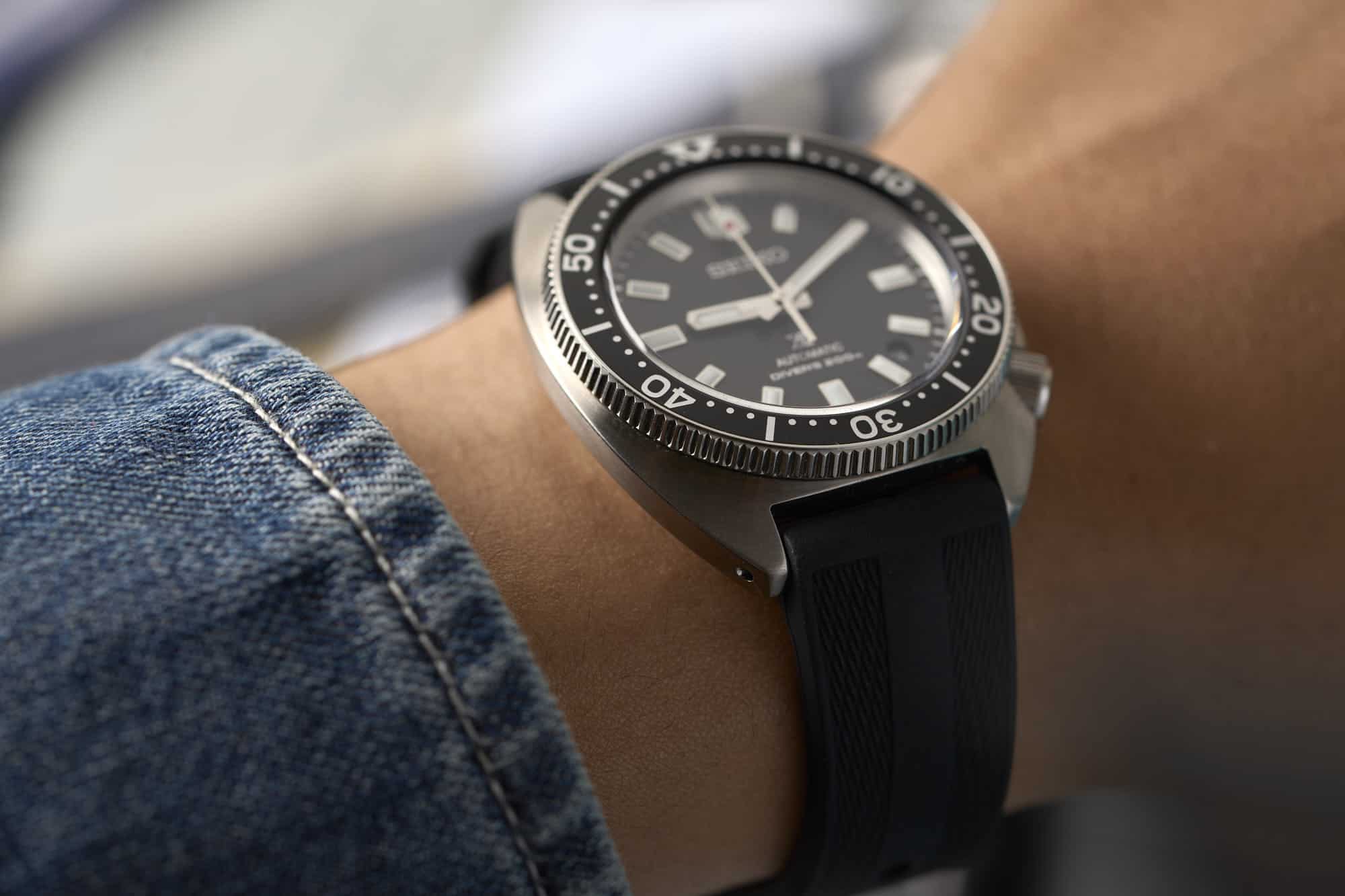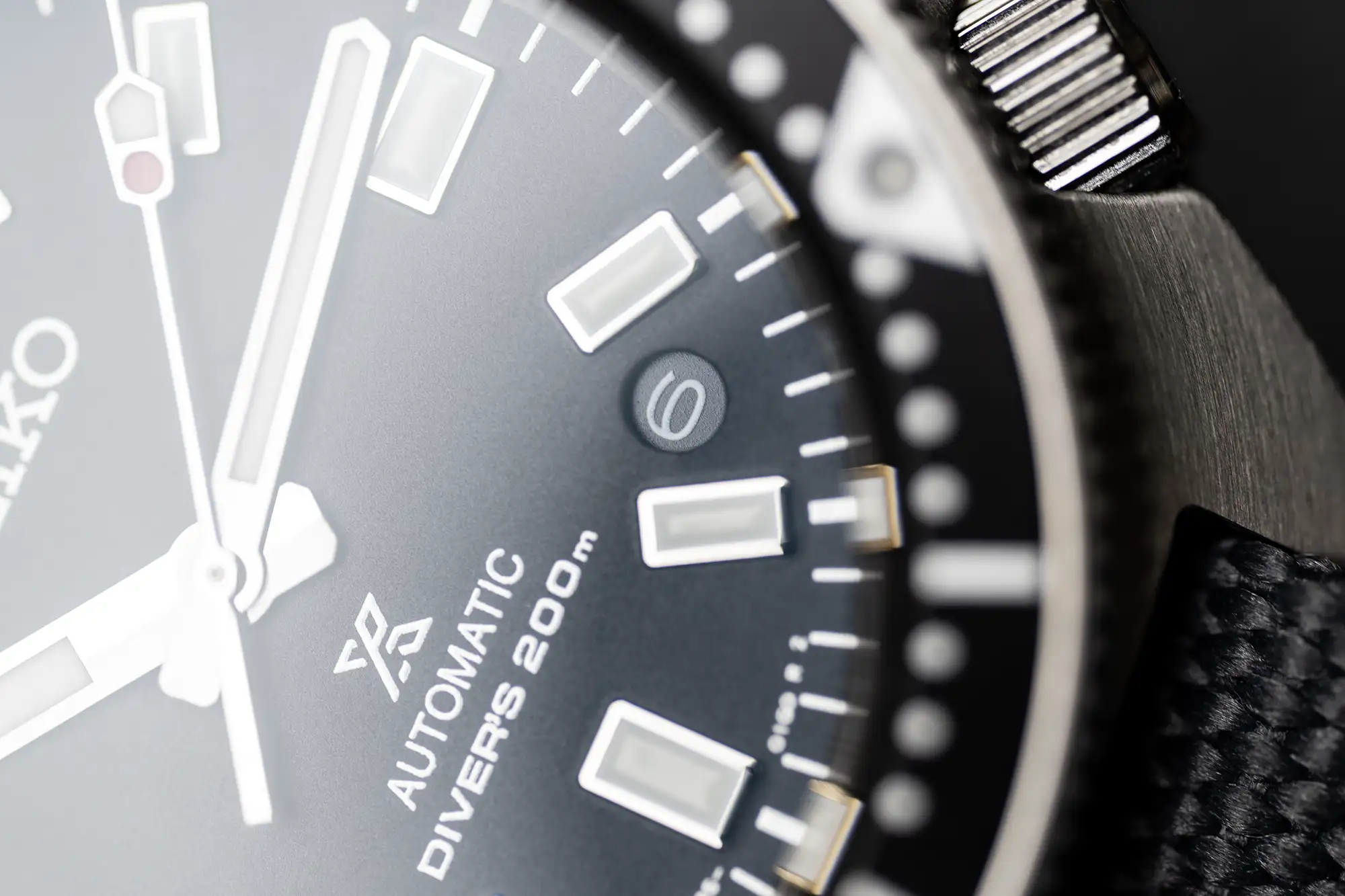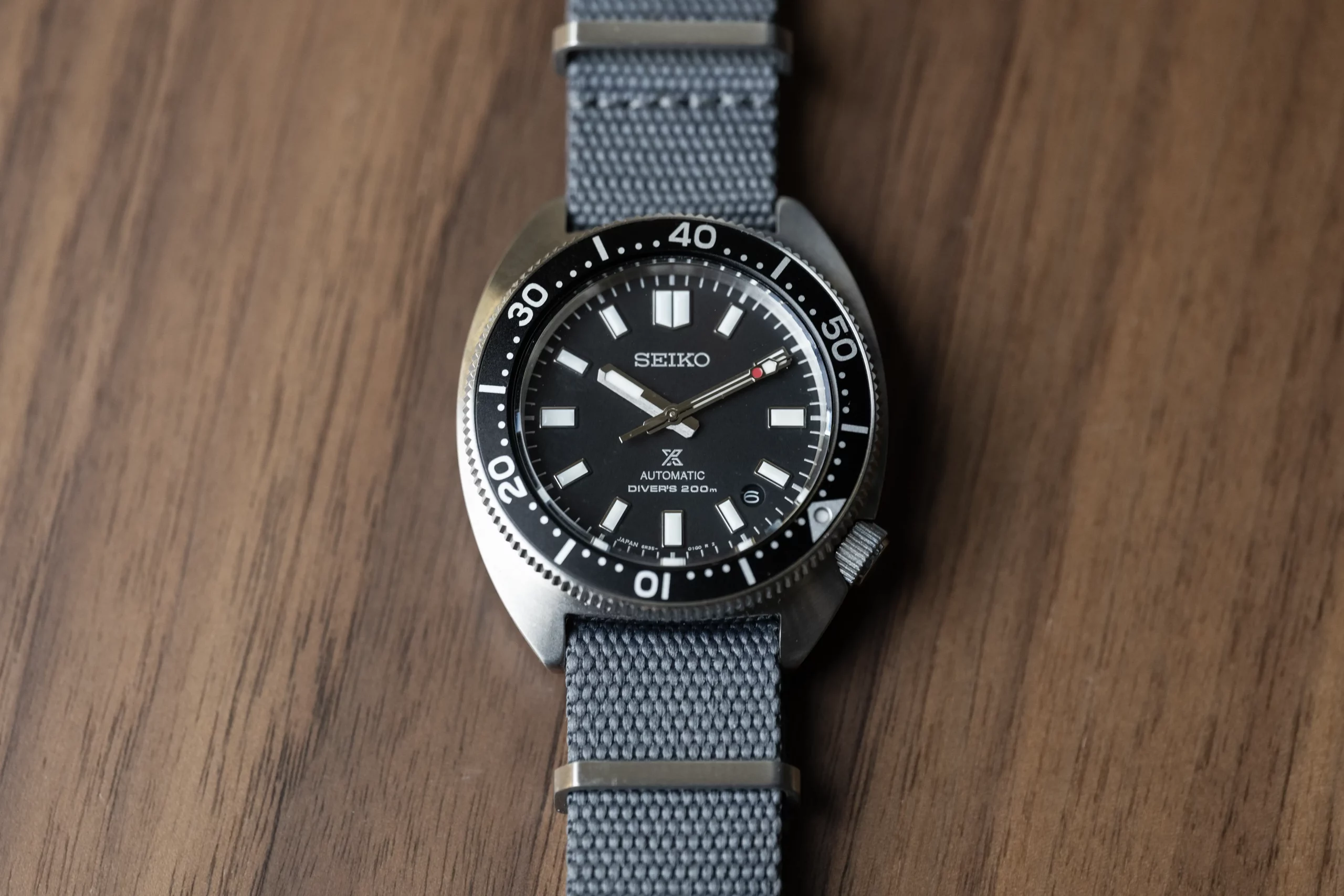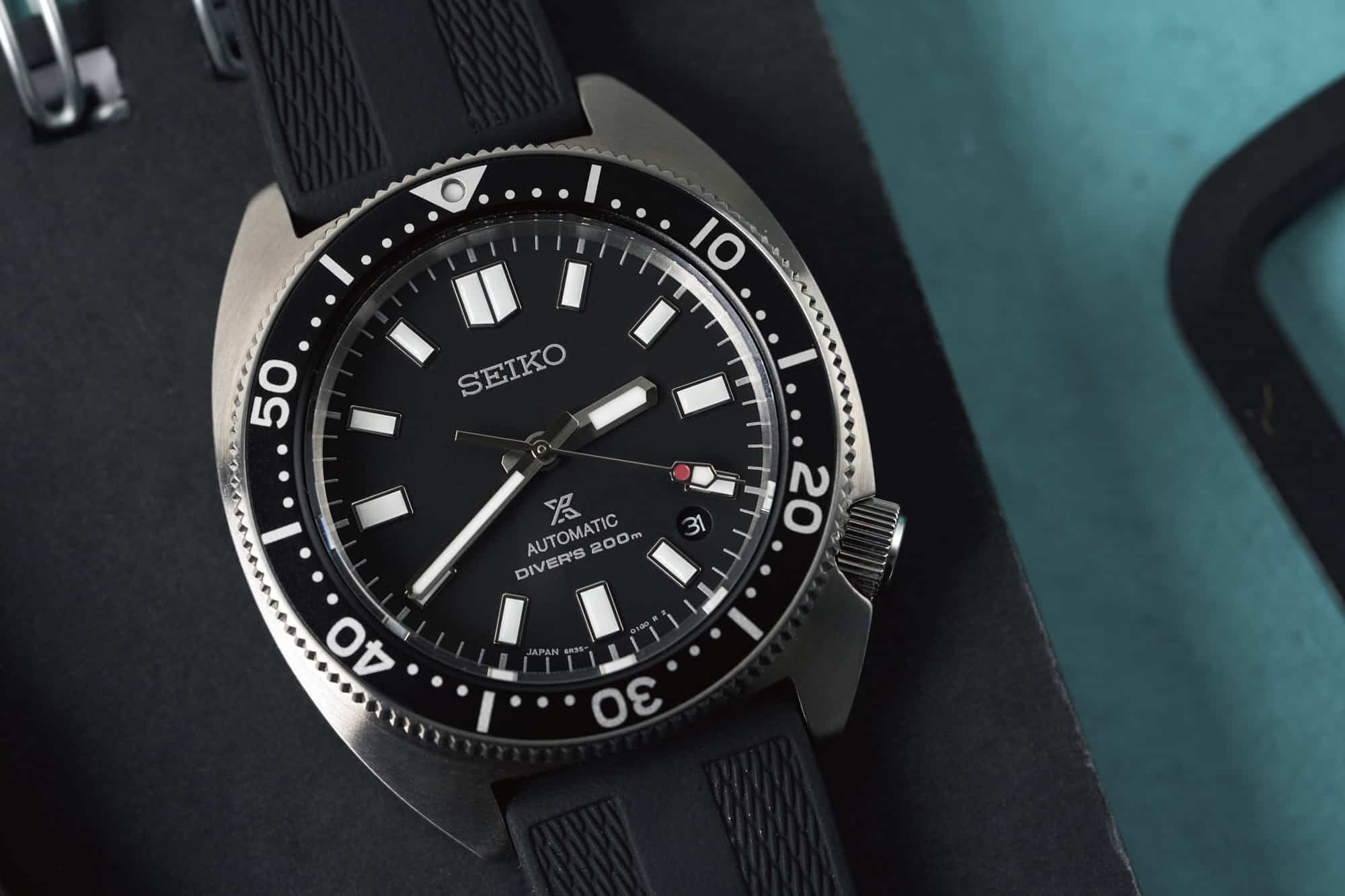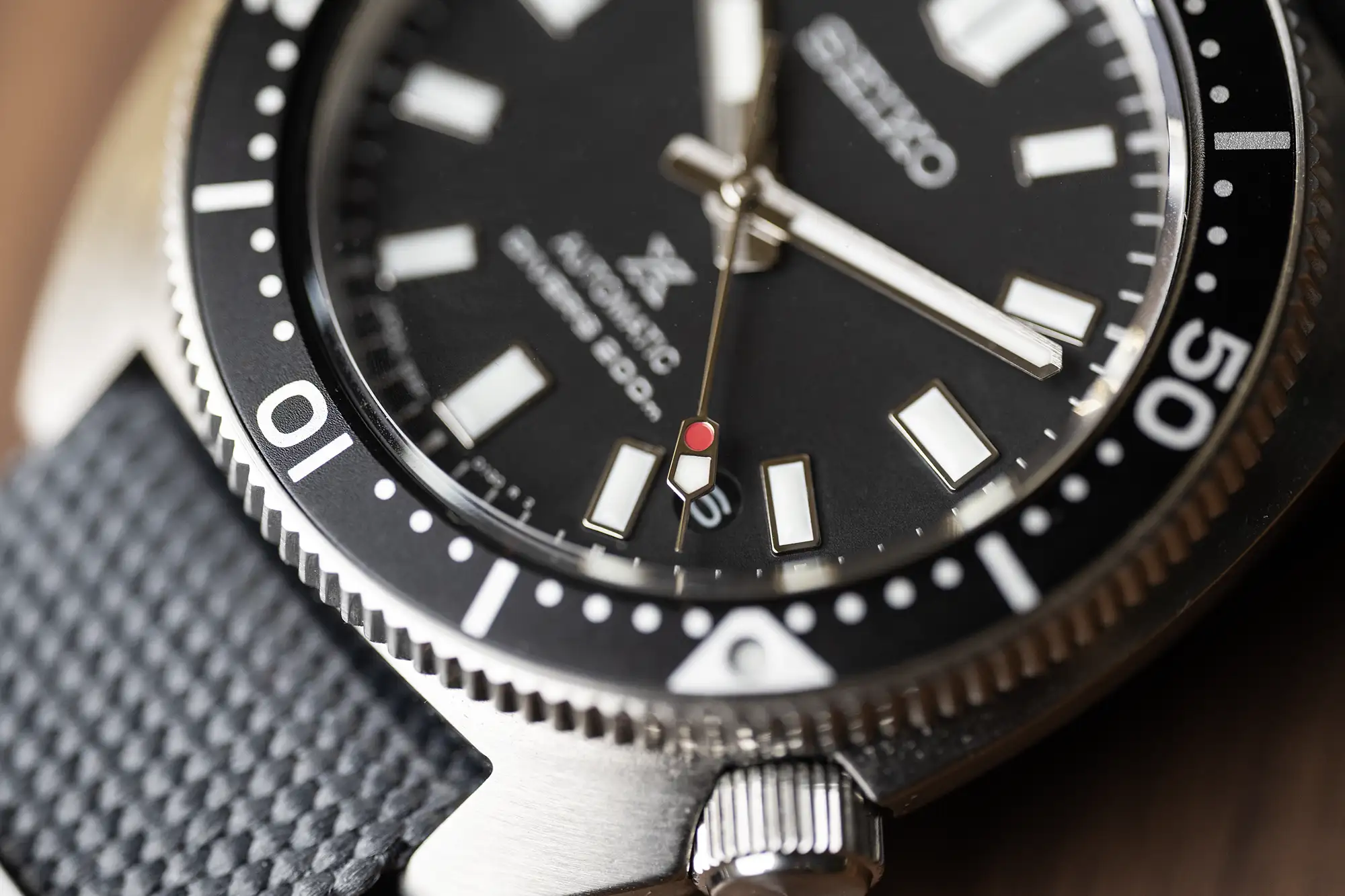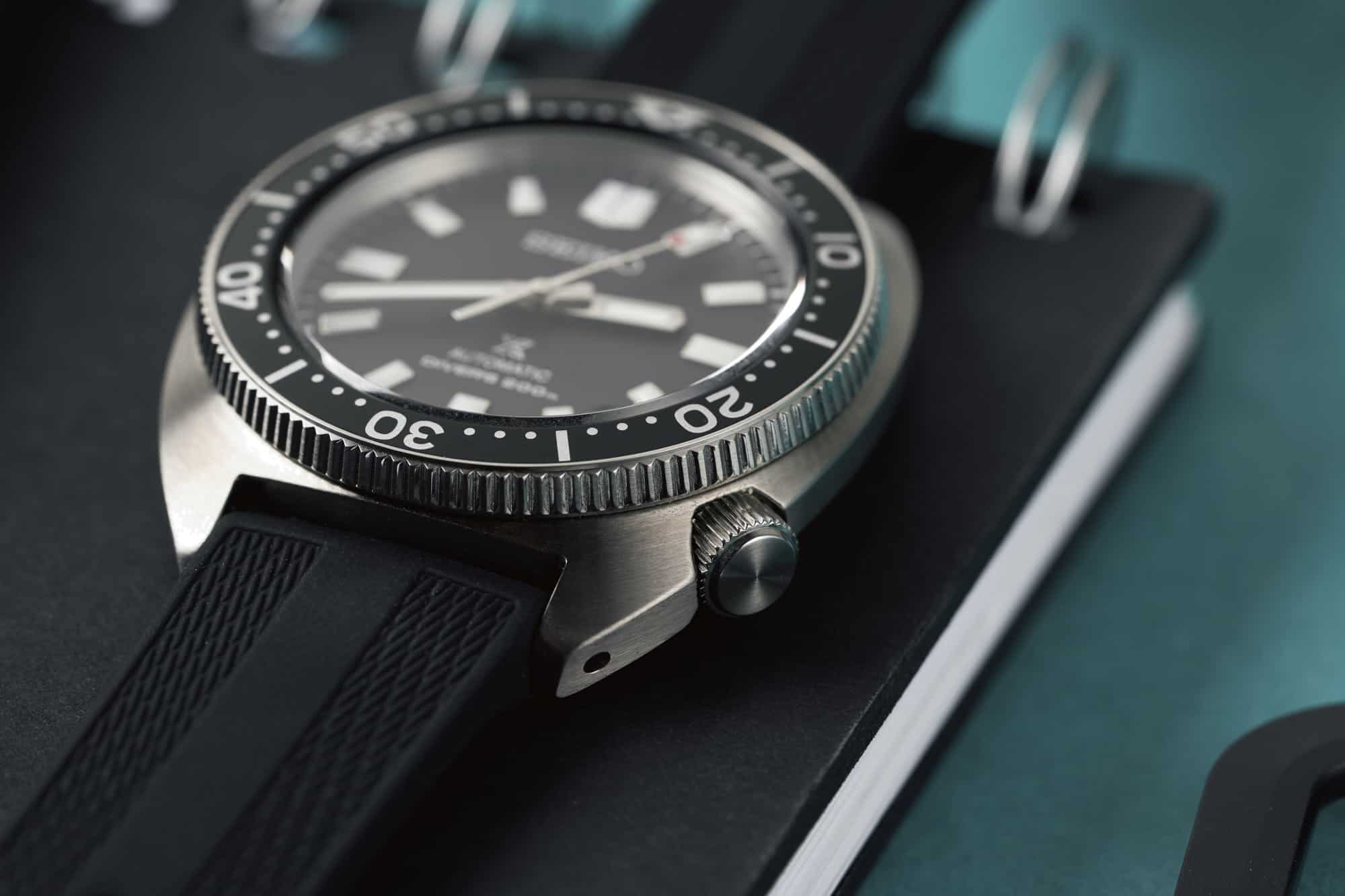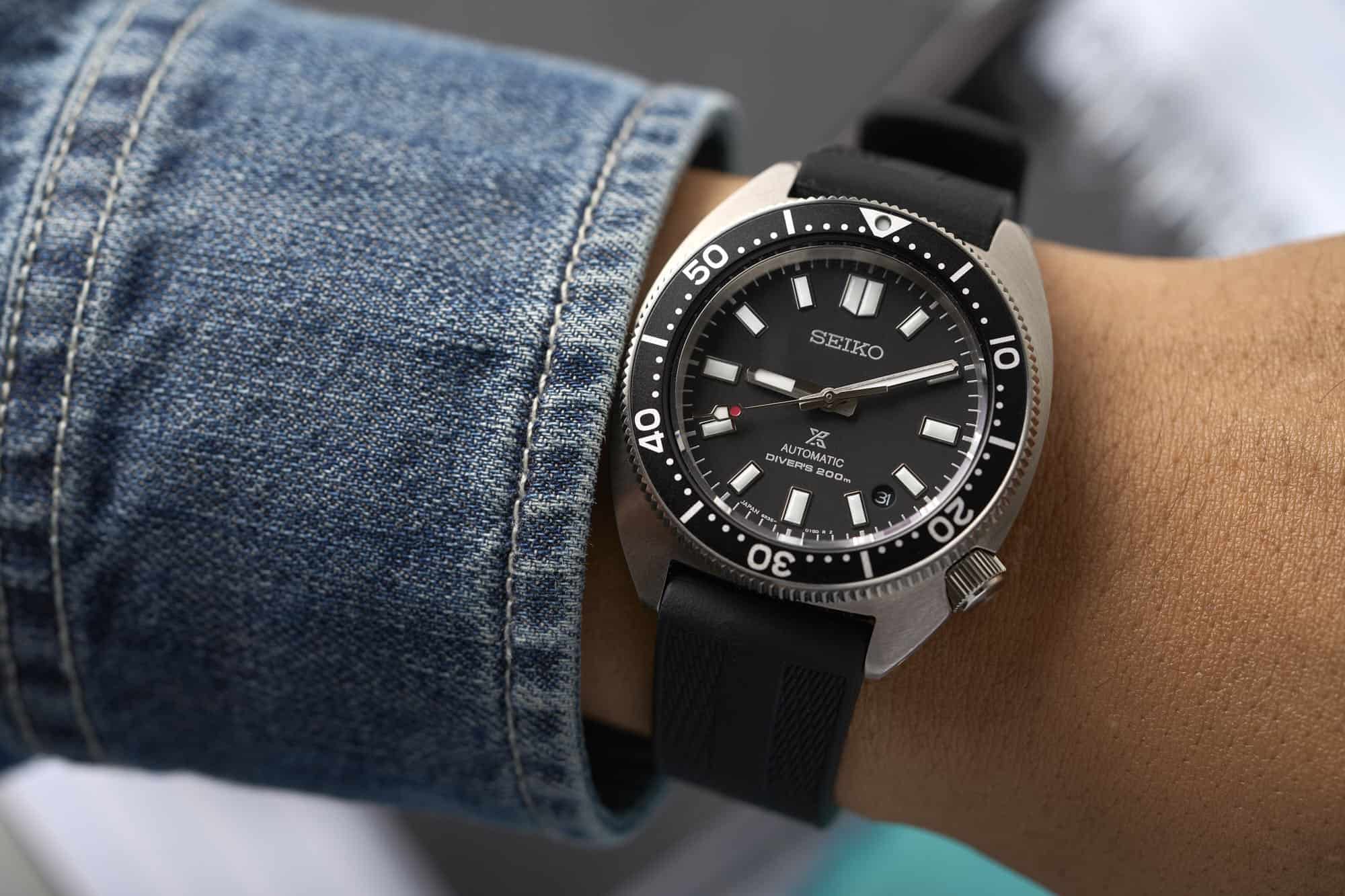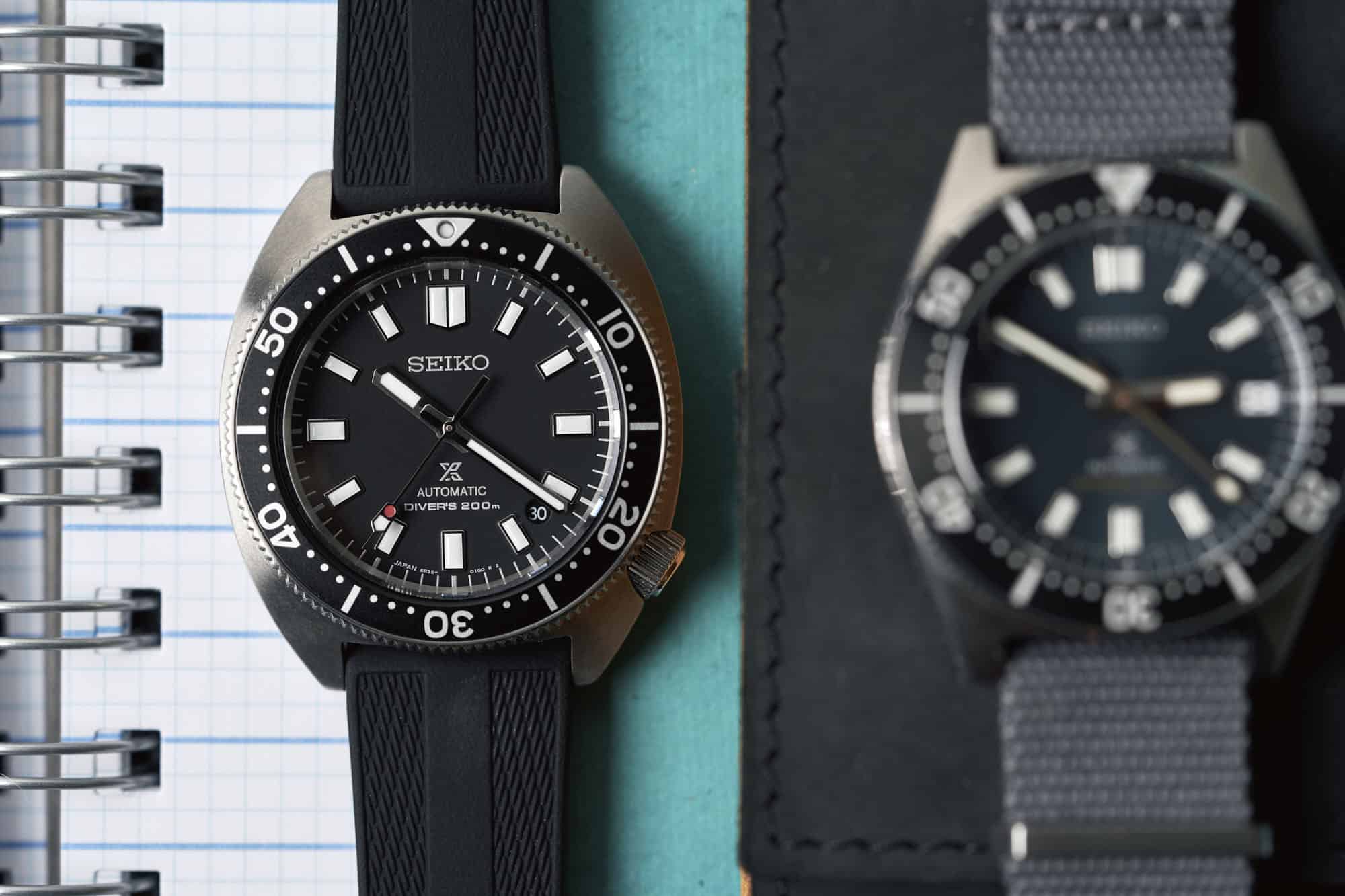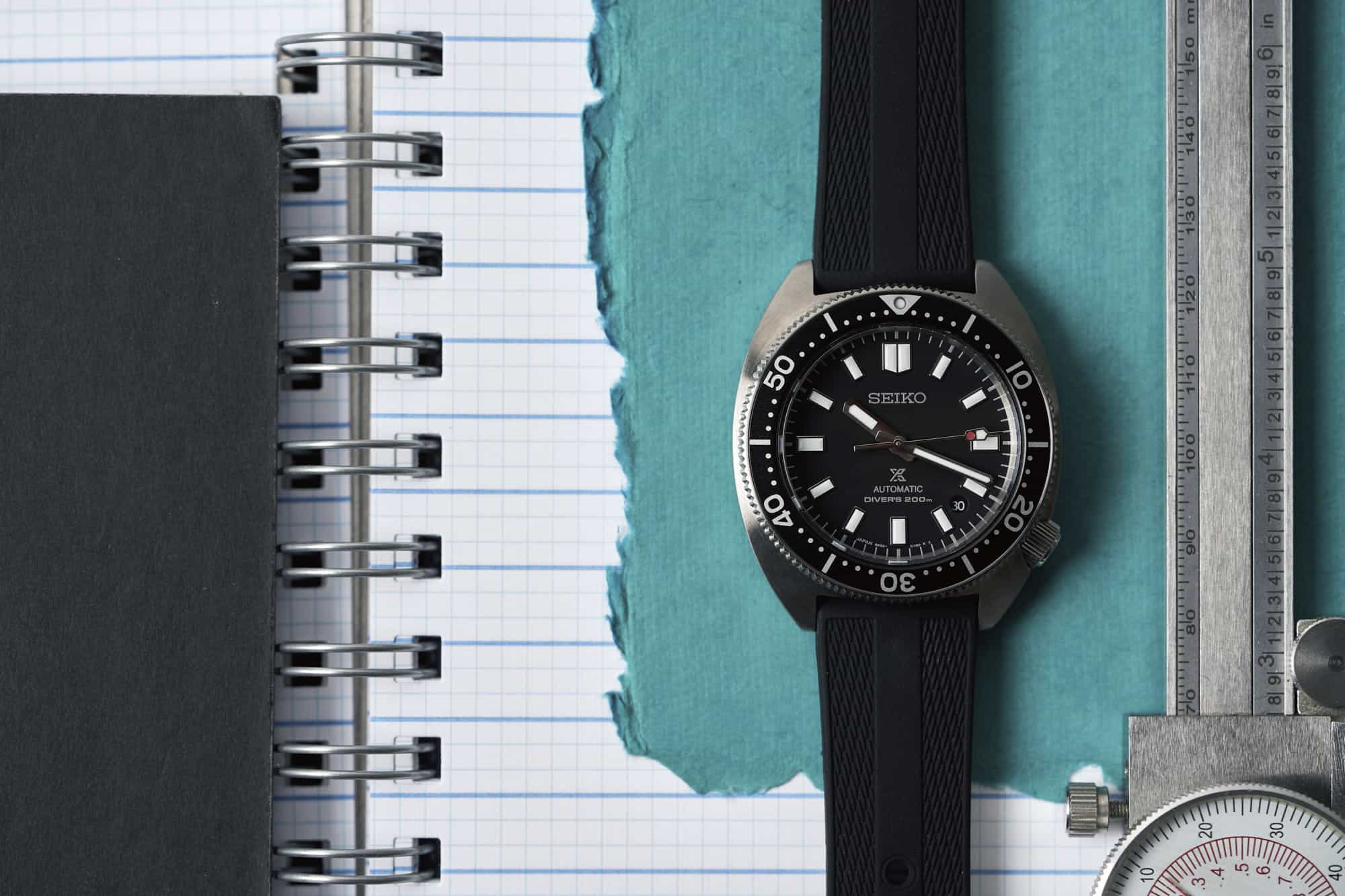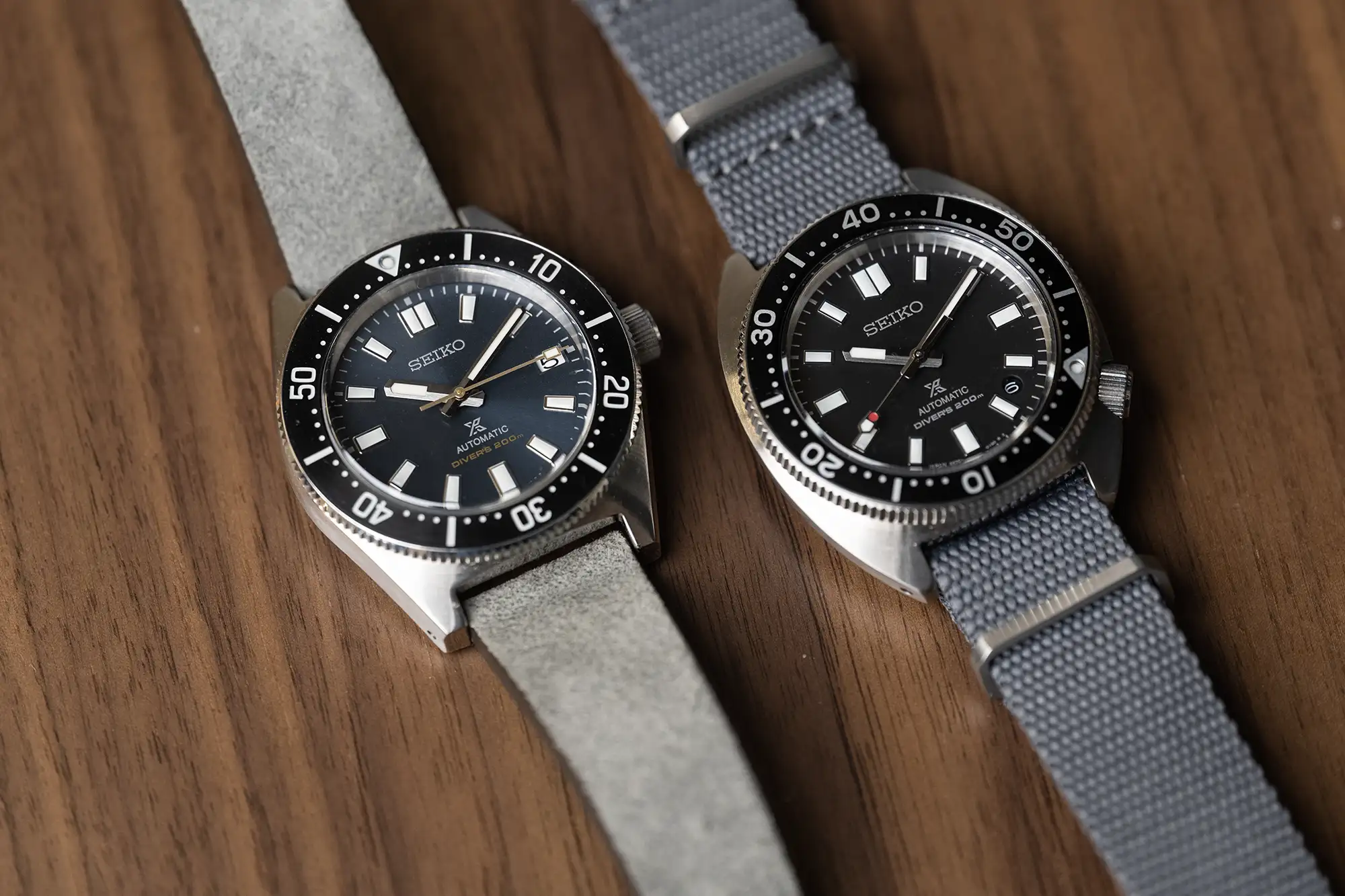Seiko divers have a way of sneaking up on you. You’ve noticed it, no doubt. Watches from the 6159 to the SPB149 enjoy a certain lore within collector circles, and for good reason, but it takes more than a passing glance to suss out the references that make the most sense to you. Small details make a big difference here, as they do with any watch, but Seiko offers a broad and at times diverse range of dive watches, so it can be tough to make heads or tails from a few pictures on Instagram. One reference that I, along with many of you, connected with right off the bat was this Prospex SPB149, it had all the trappings of an instant classic from the storied Japanese brand. That watch still sits in my collection, and I don’t anticipate it going anywhere. But one of their latest releases from last year snuck up on me, and by golly, it’s found a spot right alongside my 7002-700A and that very SPB149. That watch is the Prospex SPB317.
This wasn’t a watch I was looking for. Owning one has certainly upset the Seiko equilibrium that my collection enjoyed before. But none of that matters. It’s a great watch and presents something of a conundrum for current happy Seiko dive watch owners.









 Featured Videos
Featured Videos




